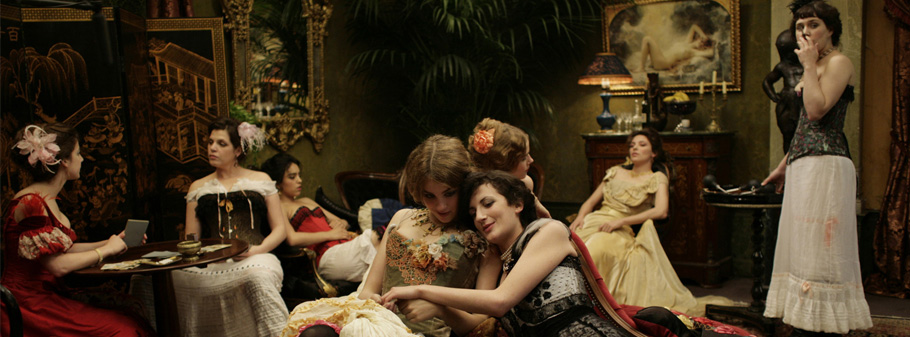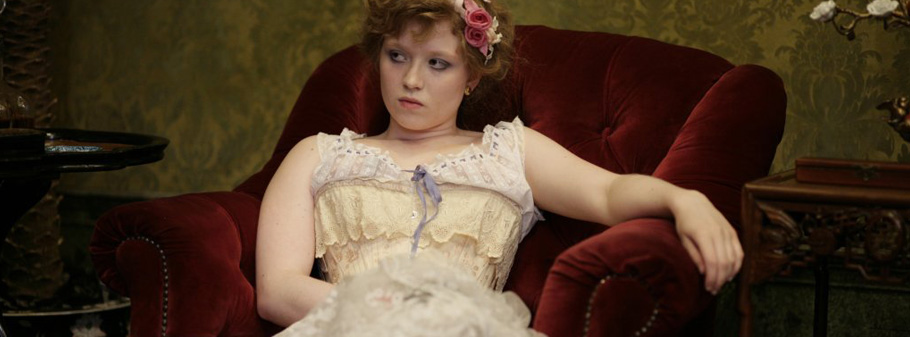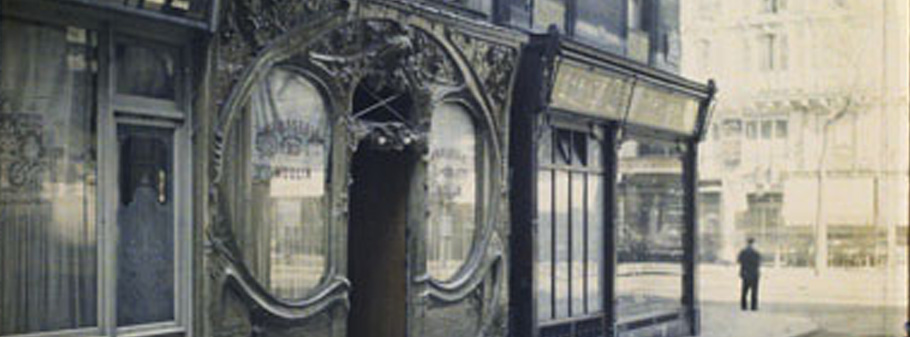

Literary Lore Experience
“Practically everybody in New York has half a mind to write a book and does,” quipped Groucho Marx. Fortunately at least a few ofthose books have been pretty good ones.











“Practically everybody in New York has half a mind to write a book and does,” quipped Groucho Marx. Fortunately at least a few of those books have been pretty good ones. Walt Whitman, Herman Melville, Edith Wharton, and Henry James lived and wrote here; today the novelists Jonathan Franzen and Dave Eggers, the poet Sharon Olds, and the essayist Daniel Mendelsohn call the city home.
“Practically everybody in New York has half a mind to write a book — and does,” quipped Groucho Marx. Fortunately at least a few ofthose books have been pretty good ones. Walt Whitman, Herman Melville, Edith Wharton, and Henry James lived and wrote here; today the novelists Jonathan Franzen and Dave Eggers, the poet SharonOlds, and the essayist Daniel Mendelsohn call the city home.
NewYork is also home to most of the United States’ major publishing houses. Any literary pilgrimage to New York should start at the Morgan Library, with its superb collection of manuscripts housed in J.P. Morgan’s early 20th century house made even more stunning with an addition by Renzo Piano in 1991.(Bookish travelers will appreciate thatthe library was the setting for large parts of E.L. Doctorow’s Ragtime.)
Our guide will take you to other literary haunts—the White Horse Tavern where Dylan Thomas, Hunter Thompson, and Norman Mailer were regulars, and some of the many independent bookstores that somehow manage to survive in our digital era. You may find a favorite author giving a reading, or just browsing the shelves.
Our guides can open the doors to the fascinating rare book room of the Jewish Theological Seminary and arrange after-hours tours at the Society of Illustrators and the Grolier Club. The Grolier is a private organization that celebrates the history of printing and typography; you’ll get a look at their extensive collection of books dating back to the 15th century. If you are then ready to learn about printing first hand, we’ll introduce you to an independent printer
who continues to produce hand-bound volumes at her press.



